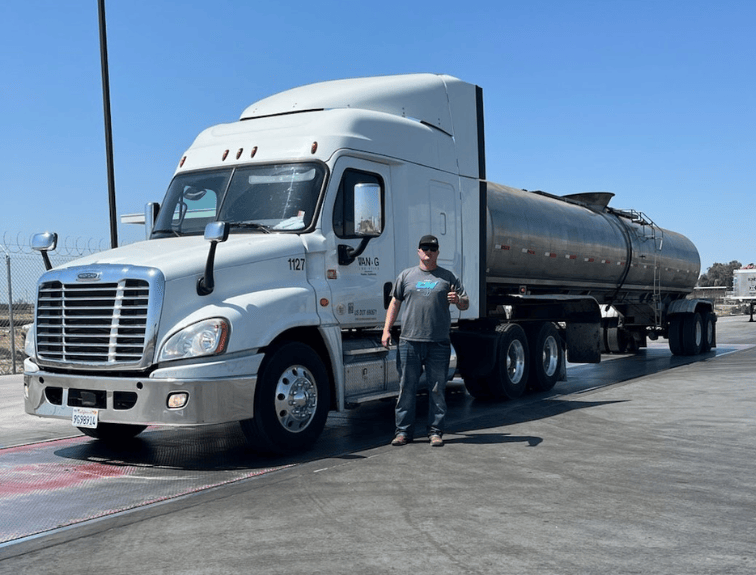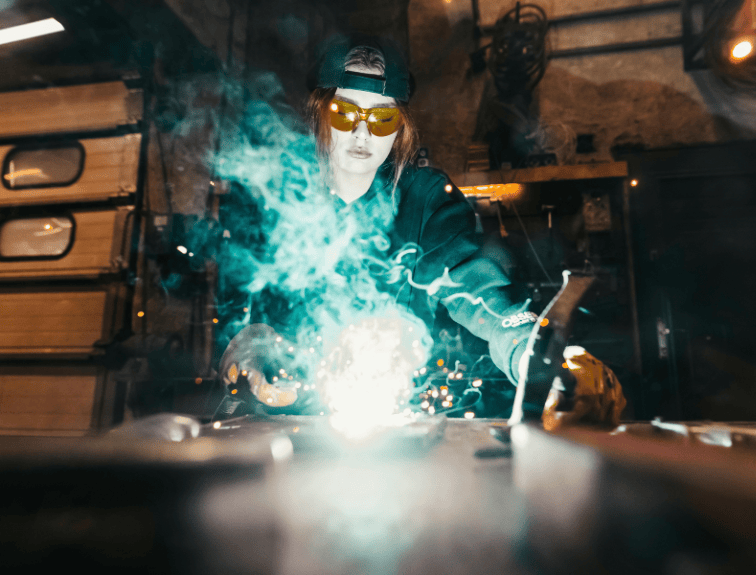Updated June 2025
Welding can be an extremely exciting career, but like with any hands-on job, it’s important to ensure safety during work hours. Welding poses serious hazards such as burns, electric shock, toxic fumes, and eye damage — all of which can lead to long-term health issues. With these in mind, it’s important to prioritize welding safety not only for the individual but also ensure a more efficient, compliant, and professional work environment. This blog will cover several points on how to put your safety first in the welding industry by talking about essential safety, daily tips, and long-term safety practices.
Why Does Welding Safety Matter?
To explain why you should always practice welding safety it’s important to know what can happen if someone doesn’t make this a priority. According to the U.S. Bureau of Labor Statistics, around 96 welders lose their lives each year due to workplace hazards. This could include burns, electrical shocks, or even amputation of fingers and toes.
Welding safety isn’t just about your own personal safety, it’s also about the safety of those working around you as well. Ensuring that you’re following proper safety procedures for everyone in the workplace throughout your workday can create a safer, more efficient workplace.
What Are The Most Important Welding Safety Tips?
We’ve talked a lot about the bad things that can happen in the welding industry, but there are ways to prevent injury and fatalities in the workplace. From basic personal protective equipment tips to managing ventilation and toxic fumes, we’re going to give you a rundown of all of the ways to stay safe and enjoy your career in welding.
Wear the Right PPE
Personal protective equipment, or PPE, is extremely important for welders and will reduce the risk of injury in the workplace. It’s important to protect not only your eyes and face, but also your lungs, skin, and body from fumes, heat and electric shock. To ensure that you’re practicing safe welding, you’ll want to have the following pieces of protective equipment:
- Safety Glasses
- Face Shield
- Respirators & Fume Extraction Systems
- Long Heat-Resistant Gloves
- Ear Protection
- Rubber-Sole Boots
Maintain Your Equipment
Routinely checking the equipment being used can ensure that safety concerns are addressed, and workplace accidents happen much less. Even if the equipment was put back in working condition, that doesn’t guarantee it will remain safe. Keeping your area clean is also an important part of maintaining your equipment. This will allow your equipment to not only be safe but will also allow you to function better at your job.
Stay Aware of Your Surroundings
Being aware of your surroundings is a critical part of staying safe in any welding environment. Working in this field involves high temperatures, heavy equipment, flammable materials, and other workers operating nearby. All these things could present potential hazards for you. Staying alert and constantly scanning the area, welders can avoid several hazards:
- hot surfaces,
- trips and falls over cords and tools
- fire risks or gas leaks.
Awareness also means understanding where others are working, so you don’t accidentally endanger someone else. Practicing this situational awareness not only protects you but helps create a safer, more efficient workspace for everyone.
Practice Fire, Electrical & Ventilation Safety
Fire, electrocution, and toxic fumes are major hazards in the welding industry and are the leading causes of injury in the workplace. Maintaining safety precautions against these types of injuries is very important. One of the easiest ways to prevent fumes and gases from causing harm to welders is to ensure proper ventilation with fans and exhaust vents. It’s also pivotal to wear the proper PPE when working around harmful gases.
When it comes to welding, fire and electricity are common tools but can be harmful if not used with the proper safety. In arc welding it’s important to remember that you’re using high voltage electrical equipment that can get extremely hot during the welding process. This means that wearing the proper protective equipment, keeping your station dry, and free of flammable materials are the best ways to prevent injury.
Welding is a rewarding and hands-on profession, but with that comes the responsibility of putting safety first – every single day. From wearing the right PPE and keeping your equipment in top shape to staying aware of your surroundings and respecting the risks of fire, electricity and toxic fumes, each step you take toward safety is a step toward a longer, healthier career. Practicing proper safety not only protects you but also builds a stronger, more reliable workplace for your team. When safety becomes part of your daily routine, you’re not just following rules – you’re shaping the future of the trade.
Interested in learning welding the safe, professional way? Let’s get you enrolled in our welding program! Contact us today to get started!




